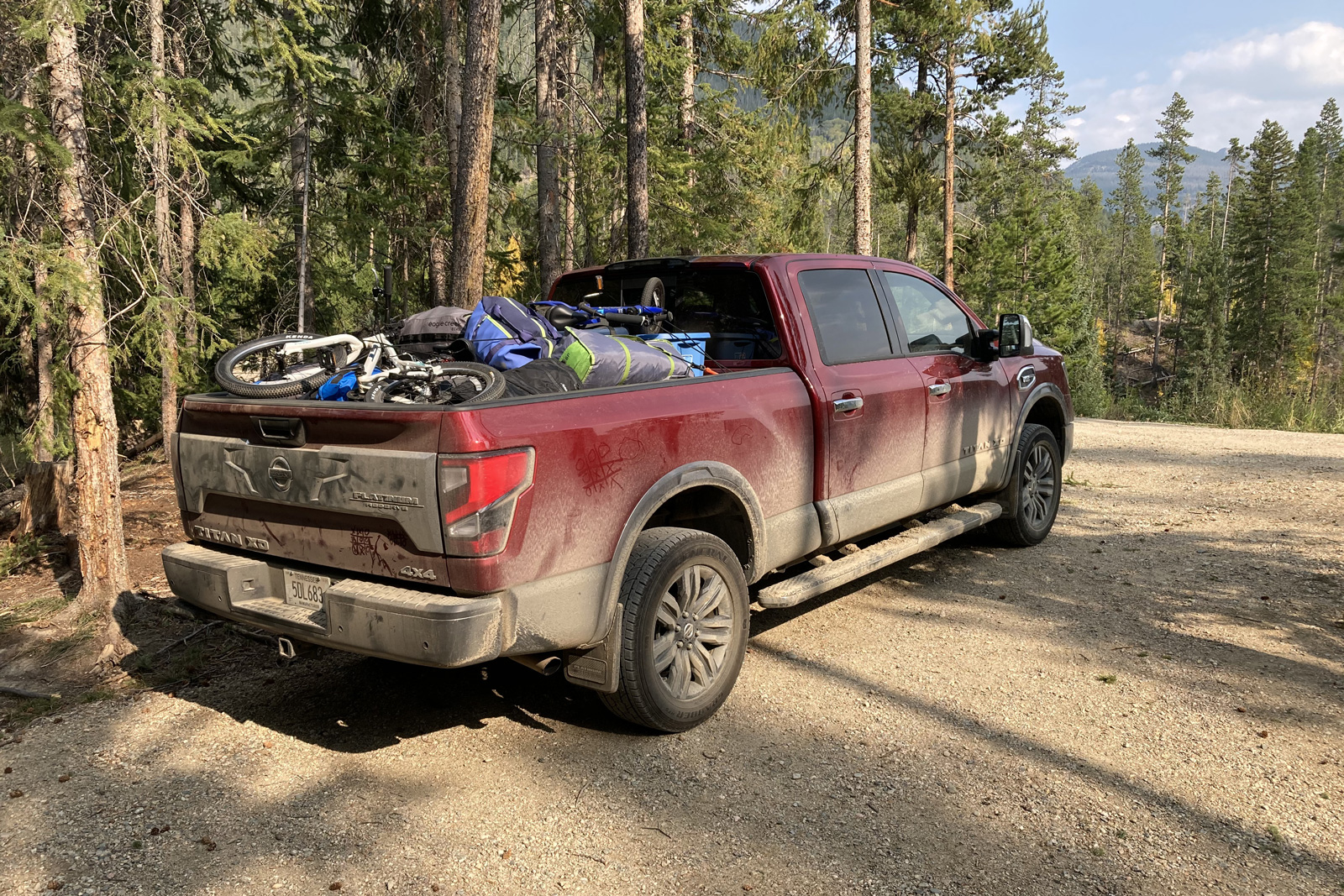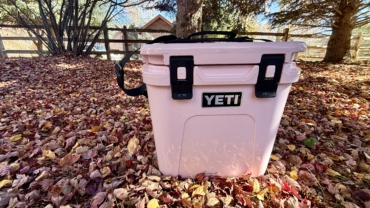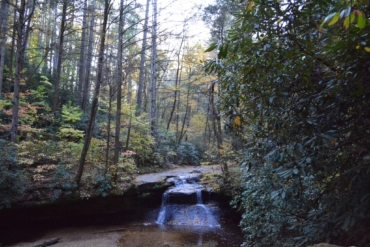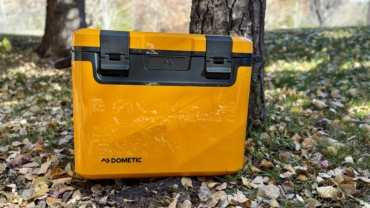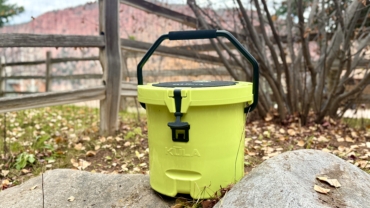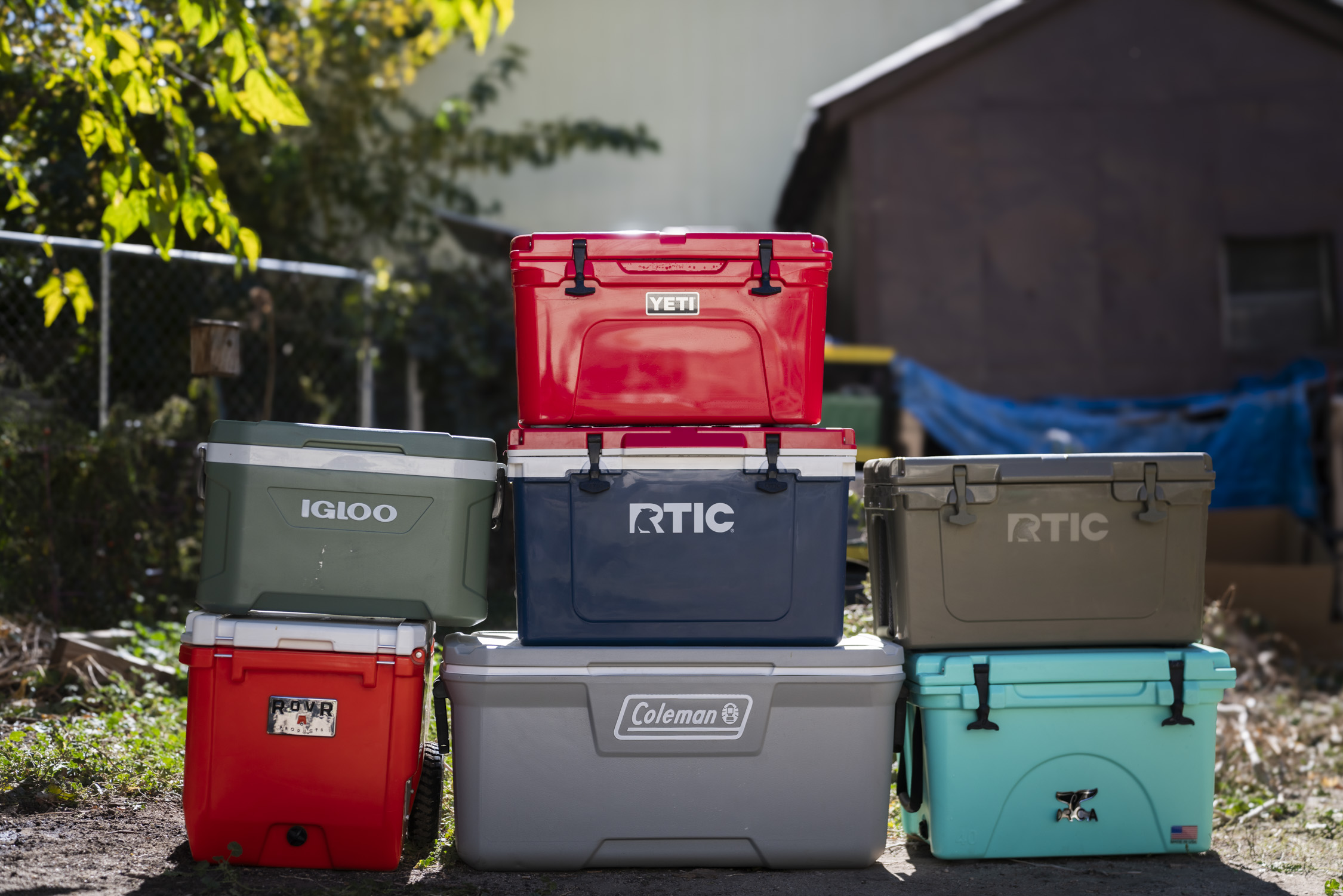As any parent knows, taking kids anywhere seems to involve an inordinate amount of stuff. Going camping is no exception. But it need not be overwhelming.
With a 3-year-old and a 6-year-old of my own and many camping excursions under my belt, here are my tips on how to help minimize the mass, pack smart, and ensure your family has everything you need.
Know Your Location
One of the greatest sources of overpacking is when we play the “what if” game: What if it’s cold? What if there’s no shade? Many of these questions are asked to maximize the potential fun factor, and some of them are to ensure comfort (and safety to a degree). But simple research will help answer these questions.
I do two types of research. I do lots of reading, which I often do when picking a destination in the first place. Developed and established campground locations will have more written information while remote and dispersed camping will require more research on your part. Then I pull up satellite images from Google Maps and browse from above to spot playgrounds, creeks, campgrounds facilities, or local parks in the area.
This is all to say that you should minimize the unknowns to avoid packing extra things “just in case.” One option is to make a pile of non-essential gear as you’re getting ready. If after all the essentials are packed and there’s still room, then add items from that pile in order of priority, or depending on what will fit. But knowing where you’re going will help greatly reduce the chance of extra stuff.
Know Your Gear, Take Time to Pack It
Another way to avoid overpacking is to give yourself the time you need to pack. (The alternative is to wait until the last minute.) This can cause you to feel rushed and tempted to just throw everything in and sort it out at camp. The other risk with this is that you can — and will — forget key items.

The Kitchen & Food
We like to pack in phases, starting up to a week ahead of our departure. One thing we think about this far out is our meals. We consider what we’re going to have in camp and how our meal plan at home for the week leading up to our trip can support our at-camp menu.
For example, we’ll make a double batch of spaghetti sauce — half for the week before and half for the trip. Now we don’t have to make sauce at camp, we just warm up what we brought. Doing this helped us minimize the kitchen gear we bring.
We love to cook, so we started with a bunch of pots and pans, measuring cups, and an army of utensils. As we did more trips, we started to realize we never used that massive pot, or we figured out to pre-measure any ingredients for meals at home instead of bringing food in bulk. Note: Ziplock bags are your friend.
You Don’t Need an Outfit a Day
The other gear category that often gets overpacked is clothing. While some folks might like a clean and fresh set of clothes each day camping, I’ve found it’s just easier to put on what I was wearing the day before.
Sure, after a few days it’s nice to change, but for the typical weekend, I usually return home in what I wore to get there. That said, I do pack at least one extra of each, or some variation, to accommodate changes in the weather.
Overpack the Kids
Clothes for the kids is the one area where we allow ourselves to overpack. Kids (ours at least) always manage to find the mud. They’re going to need multiple changes of clothes to keep them comfortable. Pack plenty of clothes, toys, and games for the kids. As much fun as sticks and leaves can be, just having a toy bucket and shovel can occupy them or a while.
If you’re going to a warmer climate, pack mostly shorts instead of pants for the kiddos. (You can always use a portable shower or wipes for bathtime when the kids themselves get dirty, and it’s easier than washing clothes at camp.)
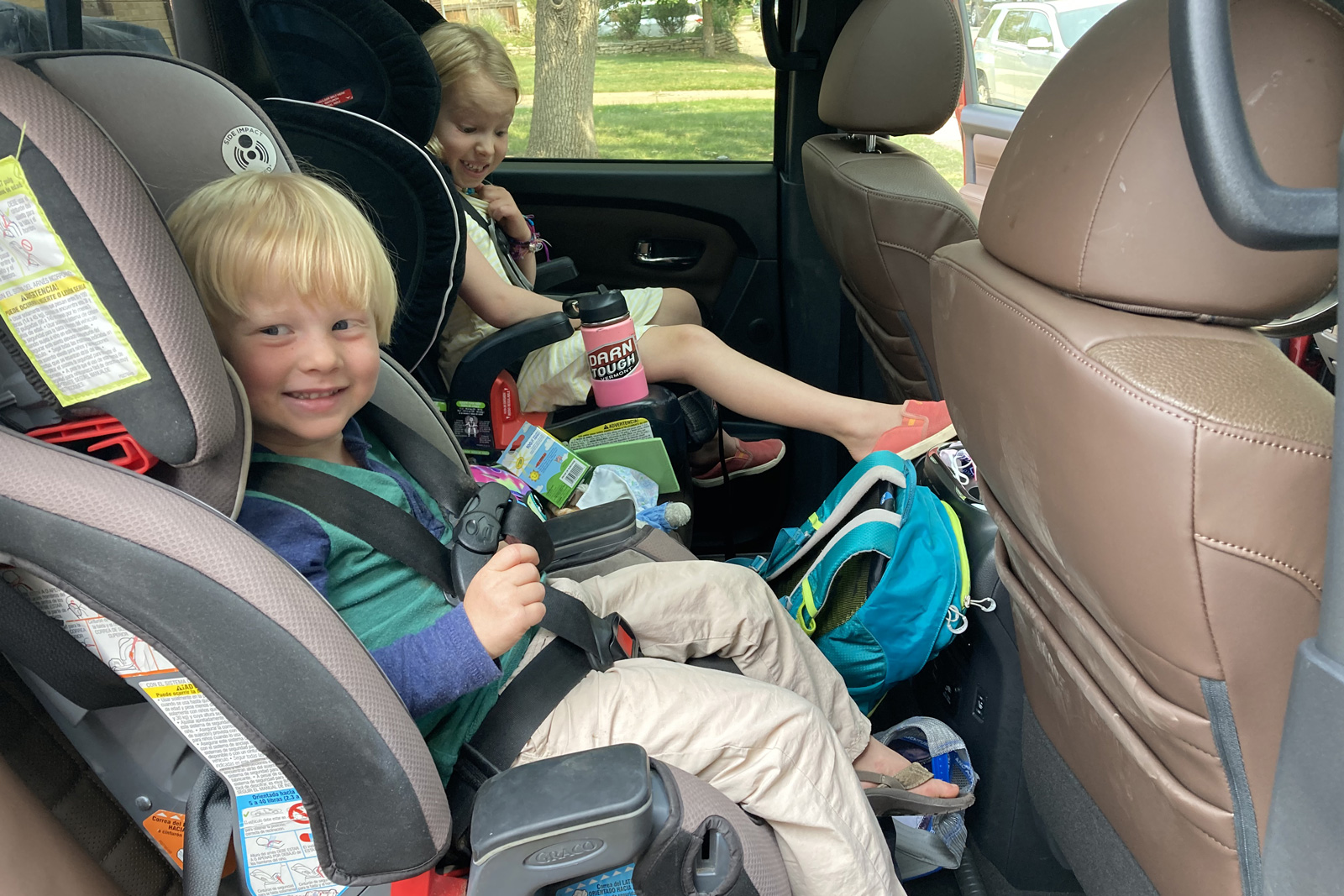
Practice
Everything gets easier with practice. Be patient with yourself. When frustration starts to build over excess gear, take a deep breath, then make a note of it. Only being out there will provide the circumstances of what gear gets regular use, what gear was useful but maybe not necessary, and what gear was a total burden.
Practice can be at a favorite campsite, but it can also be in the backyard. Don’t feel bad about starting close to home. Knowing when to call it quits because things are going badly can prevent your family from associating camping with negativity. If it rains, don’t assume the trip is over — the kids will probably have fun. If it storms or floods, that’s when it’s probably time to pack up.
Hone Your Adventure Skills
Finally, to branch out to new types of adventures like bikepacking or rafting with your family, consider how your packing list might evolve. For instance, when we go car camping and are going to be in one spot for a few nights, I love having a nice big tent — at least a six-person for the four of us to fit all of our gear and to serve as a comfortable storm shelter.
But when we were on a 6-day river rafting trip, we opted for our MSR Front Range 4 Person Ultralight Tarp Shelter with bug shelter and floor tarp. It was much easier to set up and take down, which was especially useful because we were at a different campsite each night.
We’ve also had to adjust our kit depending on the vehicle we’re using (I also review trucks and SUVs). We can fit a lot more in a big truck but have to adjust to fit into a smaller SUV. A good example is camp chairs. While I love the YETI Trailhead and Strongback chairs, they are pretty big. In a smaller vehicle, I can fit four compact chairs (like the REI Flexlite) into the nooks and crannies.
Making gear choices like these can really maximize your space in your vehicle, which is especially important for longer trips.
Packing for Family Camping: The Wrap-Up
Every family is different and should choose what works for them, even adjusting the tips to suit their circumstances and needs. It’s also worth remembering that it’s not easy taking kids camping. There will be many difficult moments.
But when all of the logistics are dialed in, it can be extremely fun and rewarding for the kids — and for you.
